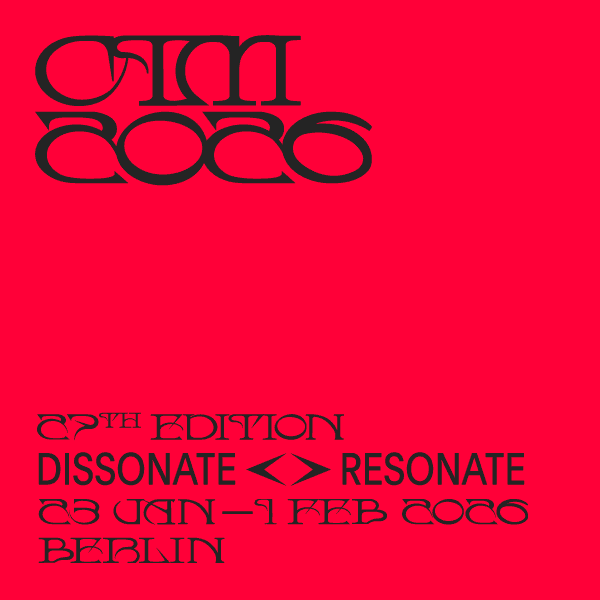Danish Music Review
Danish Music Review
»»Etude««
(167-168)
In the past season The Royal Theatre of Copenhagen brought a remarkable first performance of a ballet "Etude" by Harald Lander, the coreographer, and Knuddge Riisager, the composer. Svend Kragh Jacobsen, M. A., writes about the extraordinary work which has claimed interest not only in Denmark but whose fame has spread far. Knud Age Riisager is said to have furnished the idea of "Etude". One day the tones of Czerny's piano etudes came through the open window, and now they haunted him continually becoming dance music in his ears. Harald Lander at once caught the idea and shaped his coreography in accordance with the music on the basis of the ballet-dancers' daily exercises, but on a high artistic level, constructed distinctly and strictly logic. - "Etude" has become a performance of particular importance, not in the least on account of the magnificent manner in which the daily exercises have been chosen and joined together, and the ingenuity with which the themes of movement have been varied, and the musicality which pervades the whole ballet. No doubt the collaboration between Riisager and Lander has been extremely intimate before the score was finished. Very carefully those motives have been selected from the abundance of Czerny's edtudes which rhythmically give the best possibilities for the dancers to display their abilities. Czerny's and Lander's exercises are excellently combined, now by passages where both music and dance develop together in a rather sustained period, then by quick changes after a few bars and a few steps from one etude or kind of dance to another.
The merit of Riisager in "Etude" from a musical point of view is that he has given his music a dramatical rise which it does not possess in its original shape first and foremost by the combination and instrumentation Czerny's etudes and not in the least by the many impressive, surprising, and cheerful passages for the wind instruments. It appears from the succesful solution of the many problems of such a ballet which is in fact strictly logic, how very important the intimate collaboration is between the composer and coreographer, which in this case has been greatly to the honour of our ballet so rich in tradition.
About the Voices of Boys (2)
(16S-173)
Helga Knoblauch Chrislensen, M. A., in this article concludes her account of the experiences she has made during her work with the breaking of the voices of boys. In her first article she highly recommended to work with the boys' voices even if they are changing; however, in this case it is necessary to be cautious and only treat the voices individually with the few tones the boys' voices dispose of. It may be dangerous - as it has been practised earlier - to let the voice rest one year or more, because the boy may lose his sense of function which he learnt at the time. As a basis for work the author showed some exercises which she had used herself successfully for the boys' voices during this difficult time. (See D.M. 1948, no. 6, page 146-148).
The author gives a detailed account' of the songs she would recommend for use in the case of boys at the age of 16-17 years; she starts by a certain class whose material of voices possesses only a limited domain of tones, as shown at the beginning of the article (page 168). The musical material which the young man's voices should be able to utilize effectively, may be divided into six groups:
1) one-part melodies,
2) Material of exercise,
3) two-part melodies and canons,
4) three-part melodies,
5) four-part man's choir songs,
6) Exercise of solo songs with each boy separately.
The main part of the material is specially elaborated for Danish schoolboys, even if also German Lieder etc. are taken into consideration.
Fr. Graae
(176-177)
Fr. Graae, the late head of department in the ministry of education died on the 11th June in the disaster that overtook the "København", the Danish ferry-boat, which struck a mine. Fr. Graae has been of the greatest importance to Danish musical life; for a number of years he took part in the administration of the Royal Danish Conservatory of Music, he was the manager of "The Cultural Fund" which every year distributes considerable amounts to musicians, he was the state controller of CODA (Institution for the protection of composers' rights), and he held a number of other important commissions. His insight, his diplomatic genius, and above all his great humanity made him a personality, and his loss will be deeply felt within Danish musical life.
Erratum
By a deplorable mistake it was stated in the last issue of D.M., that "Espansiva", the third symphony of Carl Nielsen, the great Danish composer, had been recorded by "His Master's Voice". The recording is, however, made by NORDISK POLYPHON by the new system ffpr ("full frequency range recording"). This excellent recording bears the following imprint: Polyphon HM 80005/9. (See D.M. 1948, no. 6, page 153-154 and 166).

